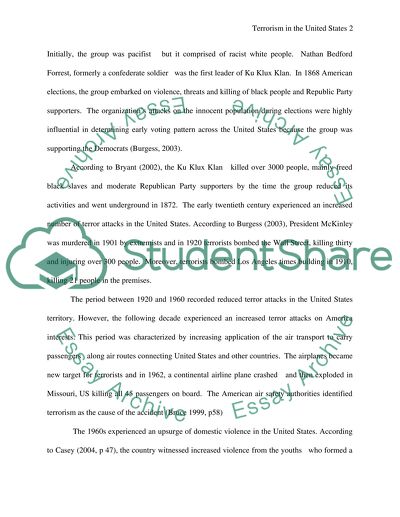Cite this document
(“History of Terrorism in America Essay Example | Topics and Well Written Essays - 2000 words”, n.d.)
Retrieved from https://studentshare.org/law/1434245-history-of-terrorism-in-america
Retrieved from https://studentshare.org/law/1434245-history-of-terrorism-in-america
(History of Terrorism in America Essay Example | Topics and Well Written Essays - 2000 Words)
https://studentshare.org/law/1434245-history-of-terrorism-in-america.
https://studentshare.org/law/1434245-history-of-terrorism-in-america.
“History of Terrorism in America Essay Example | Topics and Well Written Essays - 2000 Words”, n.d. https://studentshare.org/law/1434245-history-of-terrorism-in-america.


